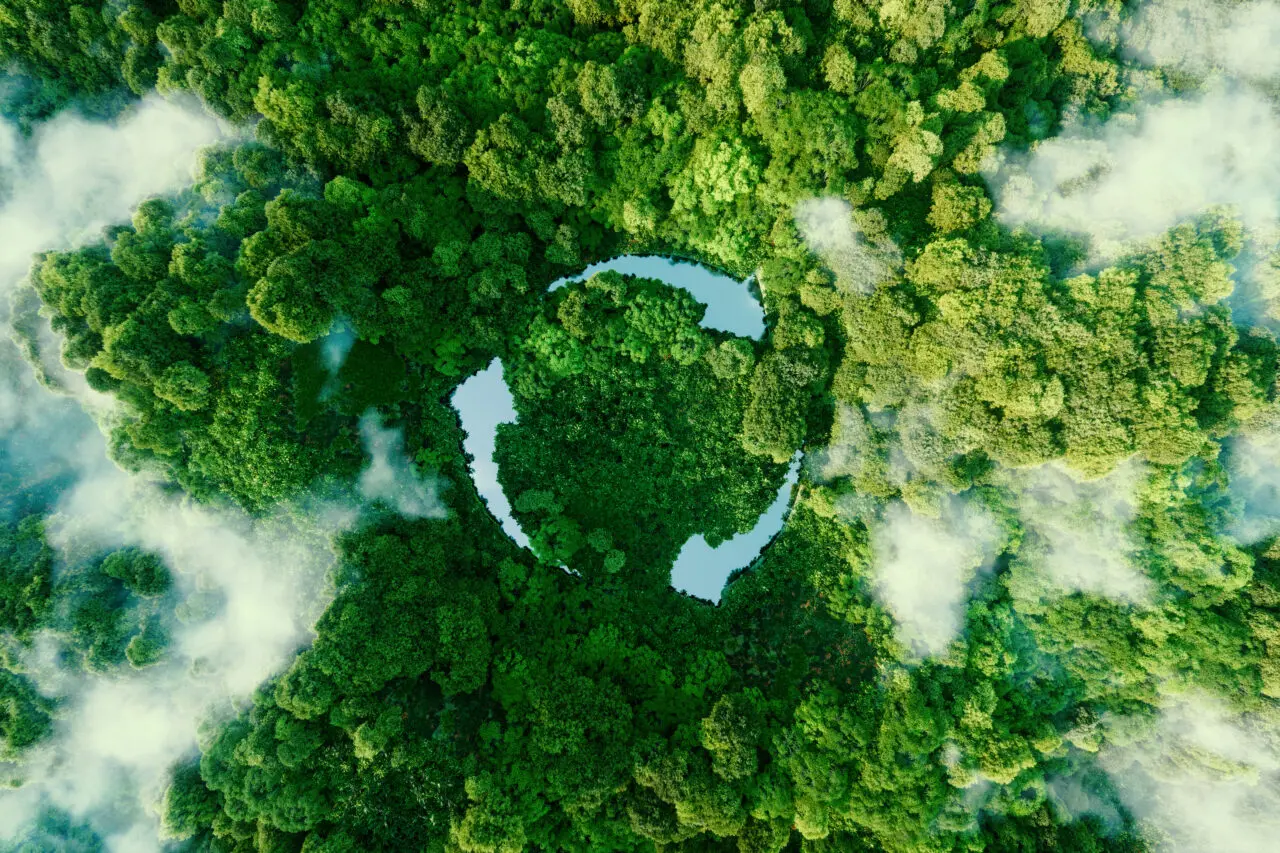

A revolutionary new technology has been developed by researchers at ETH Zurich that could enable us to access drinking water from the atmosphere around us – 24 hours a day, 7 days a week. This “zero-energy condenser” is capable of harvesting moisture from the air and converting it into clean drinking water.
This technology has the potential to revolutionise access to drinking water, particularly in areas with limited or unreliable sources of fresh water. With no need for power or additional materials, the zero-energy condenser could be set up almost anywhere, making it a potential solution to global water shortages. The device is also self-sustaining and requires minimal maintenance, meaning that it can continue to extract clean drinking water from the atmosphere even when electricity supplies are down.
In comparison to traditional methods for harvesting drinking water from the atmosphere, such as fog nets, the zero-energy condenser is more efficient and requires no additional resources. This makes it a much cheaper and more sustainable option, as it also produces no waste or emissions. Additionally, the device can operate 24/7, meaning that water can be harvested even on cloudy days when solar power is unavailable.
This new development could have an especially profound impact on communities around the world where access to clean drinking water is challenging due to lack of infrastructure or natural resources. The zero-energy condenser could provide a much-needed solution to the millions of people worldwide who currently lack access to safe drinking water.
The device is also incredibly efficient, utilising the ambient air to extract up to 180 litres of water per day without using any additional energy. This could significantly reduce the need for large-scale desalination plants, which require a considerable amount of energy and money to operate. Additionally, the zero-energy condenser has been designed with ease of use in mind and does not require any special skills or expertise to install and maintain it. All of this means that people everywhere can have access to clean drinking water with minimal cost and effort.
The potential implications of this technology are immense; from reducing global poverty levels by providing clean drinking water where there was none before, to helping us become more sustainable as a species by reducing our reliance on large-scale desalination projects. And with the development of this technology being open-sourced, it is highly likely that we will see more versions of this device in the near future.
The zero-energy condenser could be a game changer when it comes to global water access and sustainability, helping us reach a future where everyone has access to clean drinking water regardless of their location or resources. There’s no telling what the future holds for this revolutionary new technology – only time will tell.
This innovative device is able to absorb moisture from the air using hydrophobic and hydrophilic surfaces, which separate out the vapor from other pollutants in the atmosphere. This vapor is then condensed into droplets that are free of bacteria, dust and other impurities, making it safe for consumption. The device can collect up to 7 liters of water per day depending on humidity levels in the environment.
The condenser works by using an advanced combination of membranes and filters. A hygroscopic membrane attracts water vapor molecules in the air, which is then directed to a filter for further purification. After filtration, the filter releases clean drinking water on demand. The condenser is powered solely by the changing temperature between day and night and requires no additional energy sources.
The potential benefits of this technology are immense, especially for those living in arid or water-stressed regions where access to safe drinking water is incredibly difficult. With this new zero-energy condenser, even people in these regions can have access to clean drinking water on demand. In addition, since it runs completely on ambient heat, it does not require any additional energy sources or large infrastructure investments.
The zero-energy condenser could also have a significant impact on global climate change, as it eliminates the need for large-scale desalination plants. This could reduce our reliance on fossil fuels and other non-renewable energy sources, which in turn would help lower emissions levels and contribute to better air quality. Additionally, since no additional energy is required to operate the device, it also has a very low environmental footprint. All this means that using this technology to harvest drinking water from the atmosphere could be an important tool in achieving sustainability goals worldwide.
This remarkable new development has the potential to drastically reduce poverty levels, improve air quality and help us become more sustainable as a species. By granting access to clean drinking water in even the driest of environments, this zero-energy condenser could be a key factor in achieving global sustainability goals. And with its open-sourced development model, it is highly likely that we will see more versions of this device emerge in the near future. Ultimately, with further advancements in this technology and continued research into renewable energy sources, we can move towards a better and brighter future for everyone.
The zero-energy condenser is an amazing innovation that has tremendous potential to revolutionise the way we access drinking water around the world. By harnessing energy from the atmosphere, this technology eliminates the need for any additional energy sources – making it a very attractive option for areas with limited resources or infrastructure. With more research and development, this technology could be used to help provide safe drinking water to many people who currently lack access to it. In short, this new technology is sure to make waves in the coming years and shape how we think about access to clean drinking water.

